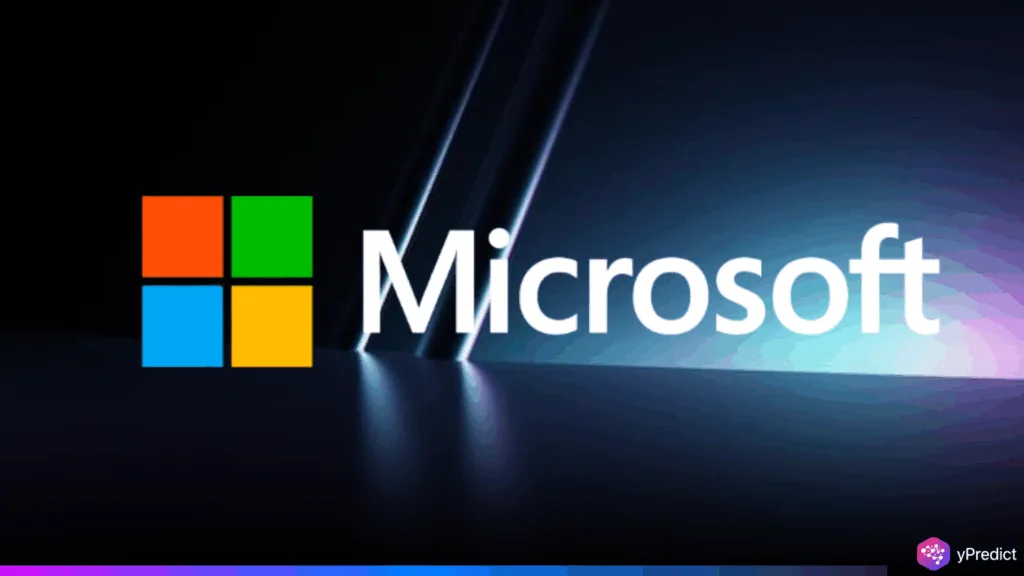
Microsoft is getting ready for another round of job cuts, less than three weeks after laying off 6,000 employees. A report by Bloomberg on June 19 quoted two unnamed sources and said that Microsoft will cut thousands more, and they will do these layoffs in July. The cuts filed in July are connected to layoffs happening next month. The layoffs are a part of broader workforce restructuring tied directly to Microsoft spending more on AI.
The report outlined that Microsoft’s changes with layoffs will impact the sales team the most. The decision aligns with Microsoft’s strategic approach of shifting resources towards artificial intelligence and cutting costs in other traditional areas. Microsoft did not provide a comment on Bloomberg’s request for comment.
AI Spending Drives Internal Overhaul
Sources close to the matter revealed that the new round of Microsoft layoffs will follow the end of the company’s fiscal year in June. Multiple teams will be affected by layoffs, but sales roles seem to be the most at risk. Microsoft is rapidly scaling its AI spending and is trying to save on all the costs they are already incurring from buying servers, data centers, and building OpenAI, and needs to cut expenses in other aspects.
The internal reorg is signaling a pivot towards Microsoft’s longer-term bet on AI. Over the last year alone, Microsoft has spent tens of billions of dollars on OpenAI partnerships, Azure AI services, and Copilot integrations across its Microsoft 365 software, deeply embedding AI to change Microsoft’s investments in talent and capital.
May Layoffs Set the Stage
Microsoft layoffs cut 6,000 jobs, roughly 3% of its worldwide headcount. The majority of the impacted jobs were in engineering and product development teams. However, there were very few layoffs in sales and marketing departments at that time. The upcoming cuts mark a shift in focus. Microsoft has already signaled its intent to move sales responsibilities to third-party vendors, especially for small and mid-sized clients.
That shift now appears to be accelerating under mounting pressure to fund AI operations. CEO Satya Nadella spoke previously about the May Microsoft layoffs, stating that employee performance was never the issue. He explained that the layoffs were part of the workforce restructuring to meet changing priorities, especially in developing AI.
Nadella Ties Cuts to AI Strategy
At an internal town hall after the layoffs, Nadella explained that its transformation couldn’t be realized without Microsoft’s increasing commitment to artificial intelligence. He recognized the emotional stress involved in layoffs but noted it was important to move forward with building the right teams based on the company’s AI-enabled growth. The CEO emphasized that Microsoft is in a very competitive AI race, and that entails hard decisions on resource allocation.
We have to stay disciplined, he said. We have to put ourselves in a position of long-term leadership in AI. Microsoft’s messaging has continually linked AI-related spending to its talent decisions, priorities in hiring, structure in teams, and prioritization of certain use cases. As the company continues to scale AI capabilities, it is equally committed to tightening other expenses.
Future Cuts Signal a Pattern
The layoffs announced in July are not an isolated incident, but part of Microsoft’s ongoing layoffs to flatten its organization in pursuit of being a leaner, more focused company centered on AI. The sources used by Bloomberg noted that the timing could be flexible depending on internal review processes, but there is no question that the planned cuts will be major. Microsoft has always emphasized that it continually assesses its organizational structure to reinforce its investments in growth areas. Right now, that seems to mean putting even more emphasis on artificial intelligence. Microsoft Layoffs are a difficult action, but it is making it clear that it will restructure as necessary to push its AI agenda forward.
Microsoft’s layoffs hierarchy recognizes that while competition from others is increasing pressure to act will also be key to long-term success, so it is looking at making some very bold decisions. As Microsoft re-examines its global operations, one message is clear: AI is the future, and everything else needs to conform.





